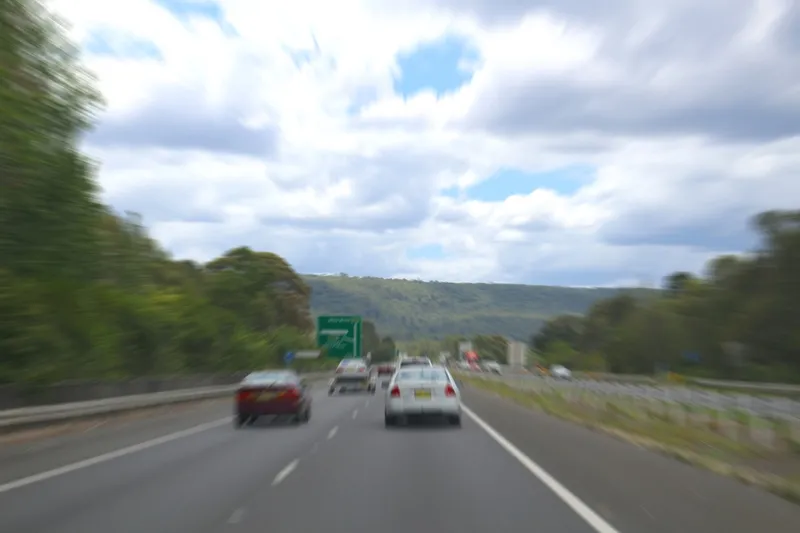Alison Spooner, commercial director at SRL, a manufacturer of portable and temporary traffic equipment, says the company is aiming to establish a VMS division which comprises 500 signs.
Swarco says its solar-powered VMS signs are equipped with energy-efficient LEDs capable of displaying full colour text and images.
SRL will use Swarco’s Zephyr solution to set messages remotely and programme scheduled messages.
Zephyr is expected to allow users to locate and track mobile units via GPS as well as monitor power consumption and supply levels. The solution can also display information external data sources such as roadworks and flood warnings.
The VMS are assembled at Swarco Traffic’s production facility in North Yorkshire, UK, and delivered to SRL’s two dedicated VMS hub depots from where they are distributed to one of its 24 hire division depots.
Swarco to deliver 100 VMS to SRL Traffic Systems
Swarco is to supply 100 mobile variable message signs (VMS) to SRL Traffic Systems in the UK as part of a £2.25 million deal.
Alison Spooner, commercial director at SRL, a manufacturer of portable and temporary traffic equipment, says the company is aiming to establish a VMS division which comprises 500 signs.
Swarco says its solar-powered VMS signs are equipped with energy-efficient LEDs capable of displaying full colour text and images.
SRL will use Swarco’s Zephyr solution to set messages rem
March 22, 2019
Read time: 2 mins










